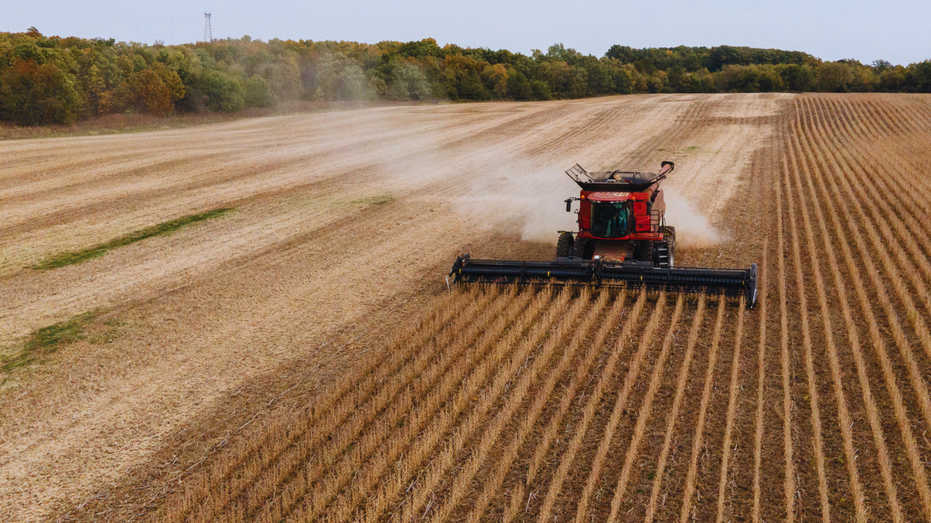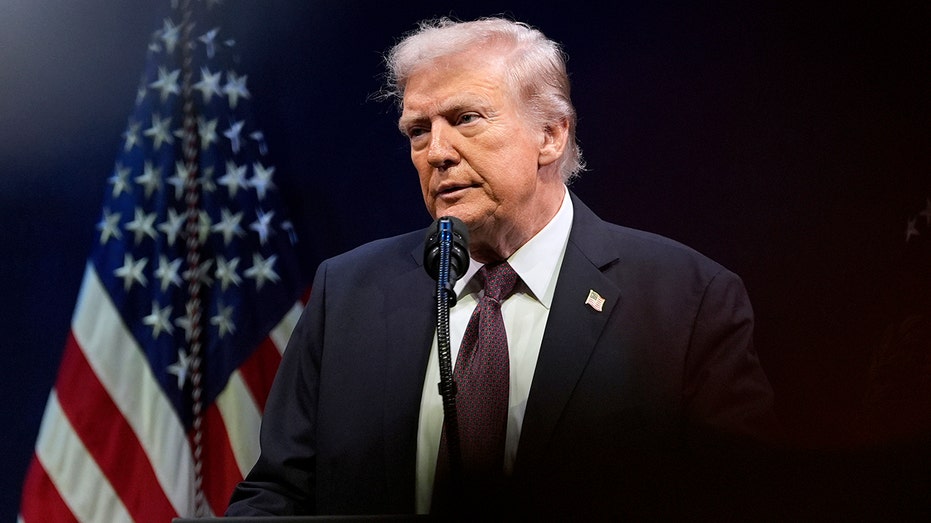A quiet drama is unfolding alongside the high-profile meeting between President Trump and Xi Jinping: the fate of the American soybean. This seemingly humble crop, worth $30 billion to U.S. exports, has become a potent symbol of the complex and often fraught relationship between Washington and Beijing.
The story began with tariffs. When President Trump imposed duties on Chinese goods, Beijing retaliated, abruptly halting its purchases of American soybeans. This wasn’t merely economic posturing; it was a direct strike at the heart of America’s agricultural sector, and a demonstration of how quickly global trade can be weaponized.
China swiftly turned to Brazil and Argentina to fill the void, revealing the vulnerability of U.S. farmers to geopolitical tensions. For decades, the U.S. was China’s primary soybean supplier, once commanding roughly 28% of the market. That share plummeted to 11% in 2018 and 2019, a devastating blow to rural communities.
While exports partially recovered to 31% in 2021, fueled by pandemic-era demand, they’ve since eased back to 22% in 2024. Some experts suggest China’s diversification was already in motion, a long-term strategy to bolster its own food security and lessen dependence on the United States.
Bryan Burack, a policy advisor, argues that Beijing’s “decoupling” from the U.S. has been a gradual process, predating the recent trade war. He believes the U.S. must respond in kind, a painful but necessary step towards self-reliance.
For farmers like Brad Arnold in Missouri, these policy shifts aren’t abstract concepts – they’re a harsh reality. He explains that losing China as a major customer creates a significant financial strain, impacting livelihoods and the future of family farms.
While alternative uses for soybeans, like biodiesel production, are emerging, they currently represent a small fraction of overall demand. Replacing a customer the size of China isn’t a simple overnight fix; it requires sustained, large-scale demand.
As Trump and Xi prepare for their first face-to-face meeting since Trump’s return to office, the soybean trade hangs in the balance. Treasury Secretary Scott Bessent anticipates a resumption of U.S. soybean purchases and a delay in Chinese rare earth restrictions, signaling a potential framework for improved relations.
Whether this represents a genuine thaw or a temporary reprieve remains to be seen. But one thing is clear: the fate of the American soybean is inextricably linked to the delicate dance of diplomacy between two global superpowers, a testament to the profound interconnectedness of agriculture and international politics.






